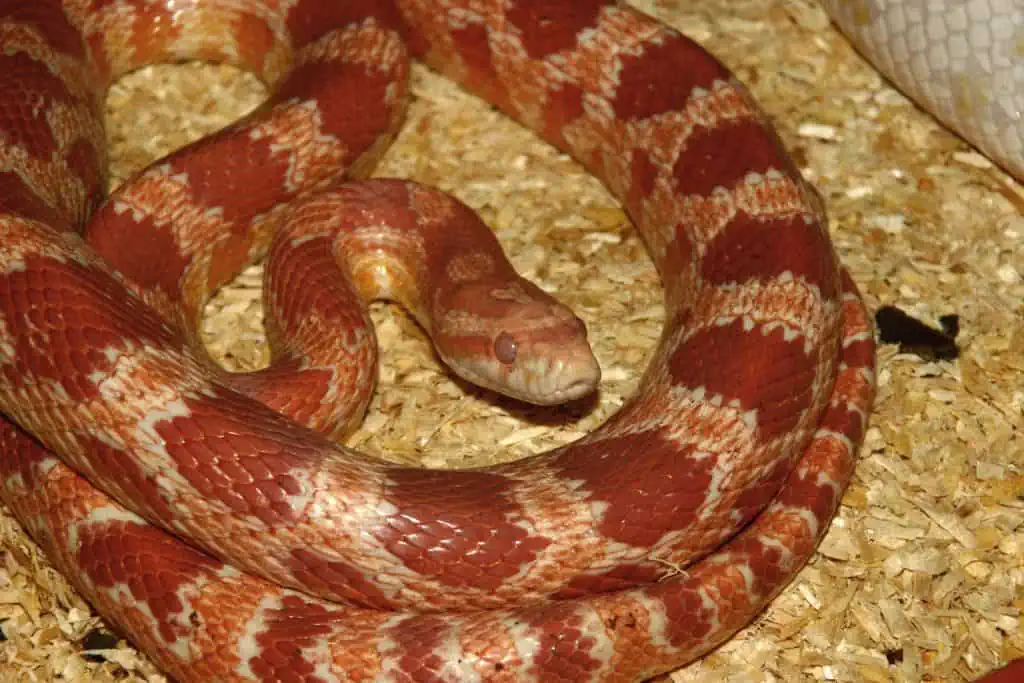Choosing the suitable substrate for your beloved corn snake’s terrarium ensures your snake stays healthy and happy. You don’t want anything that smells when it’s clean or can be accidentally swallowed.
Substrate, another word for bedding, should be replaced at least every two months.
So, what do you look for? It should be easy to clean or replace quickly and effortlessly. Other essential features include:
- Good material type
- Promote the safety of your pet
- Appropriate bag & grain size
That’s it! You want something that won’t cause any harm to your lovely reptile, and remember that the wrong substrate can even have fatal consequences.
What Should I Consider When Choosing Bedding for a Corn Snake?
Taking proper care of your scaly friend is essential, no matter how tough and adaptable it may be. Substrate choice for the terrarium can make or break your snake’s health. The right one will regulate humidity, while a wrong choice might have unpleasant consequences, like illnesses or death in extreme cases.
You’ve got to get good bedding for your reptile friend. It’s your responsibility to make sure it’s healthy. That means picking the right substrate, keeping in mind the following features.
Material
The choice of bedding material makes a huge difference in the well-being of your reptile buddy. It’s not just about looks. The material you opt for can impact your pet’s health and well-being in a big way.
A substrate will protect your snake’s bellies and give them something to burrow in, so choosing carefully is important. Besides that, it’s also fun to watch them explore and dig through different substrates.
Cleaning
Cleaning up isn’t the most fun activity, but it is essential for your corn snake’s vivarium. When choosing bedding, you should prioritize sanitization: pick a substrate that naturally fights against bacteria build-up and spread.
To make cleaning easier, it’s best to pick bedding that won’t cause any unnecessary mess.
Safety
You should be extremely careful when choosing materials for lining your corn snake terrarium. To make sure that it is chemical-free, get products from trusted manufacturers – preferably:
- Pet stores
- Breeders
Your snake’s safety depends on it! As the saying goes, better safe than sorry. So, take no risk in this case. You don’t want your scaly friend to come to any harm!
Bag Size
When it comes to substrate products, you should not assume that they are all the same size. When buying a substrate, check the bag size and available options. Buying in bulk often makes more financial sense, even though it may seem expensive upfront. You can save money this way!
Substrate Grain Size
As a corn snake owner, you must be careful when selecting a suitable grain-sized substrate. Too few grains could trouble your snake if it accidentally swallows some pieces. It’s not worth risking their health.
Which Bedding for Corn Snakes Should I Buy?
You have many substrate options for your corn snake, but some are better. I’ve split them into three categories: the top choices, good choices, and bedding to avoid. Remember that the better the option, the more content your corn snake will be!
| Best Subtrates | Good Subtrates | Substrates To Avoid |
|---|---|---|
|
|
|
Best Substrates for Corn Snakes
Corn snake-friendly substrates are the best for your reptile friend’s tank setup because they simulate their natural habitat, facilitate burrowing, and keep humidity levels in an ideal range (65-75%).
Aspen Shavings
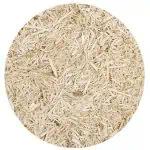
Plus, it has no odor. So you can quickly clean up the vivarium. It’s also perfect for burrowing, making it a cozy home.
🐍 Find the ZooMed aspen snake bedding on Amazon
Coconut Fiber Substrate
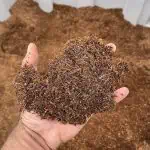
Plus, this substrate doesn’t mold. You can also use it to incubate the snake eggs. It’s eco-friendly and dust-free. This is the way to go if you need to create a humid hide!
It will also help promote plant growth in naturalistic vivariums.
🐍 Find ReptiEarth Fine Coconut Fiber Substrate on Amazon
Terra Firma Kit
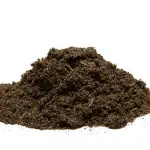
You should only commit to this substrate if you’re ready to fully convert your snake’s enclosure into a bioactive setup. It’s a must to get the most out of this product.
🐍 Find Bio Dude Terra Firma Kit on Amazon
Forest Floor Bedding
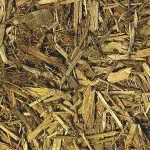
Plus, it doesn’t have any unpleasant odor! So, it’s a win-win situation: great humidity with no bad smell.
🐍 Find ZooMed Forest Floor Bedding on Amazon
Zilla Jungle Mix

🐍 Find Zilla Jungle Mix on Amazon
Compressed Coconut Chip Substrate
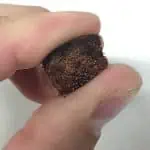
Furthermore, coconut chips won’t promote the growth of fungi and bacteria thanks to their anti-mold properties.
🐍 Find ReptiChip Compressed Coconut Chip Substrate on Amazon
Good Substrates for Corn Snakes
Although these substrates can retain humidity, they may have some negative interactions with water or cause problems like fungus gnats, making them not the best choice.
REPTISOIL Blend
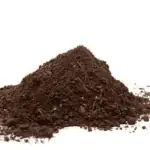
But watch out! It can turn to mud if wet, and it can compact down over time.
🐍 Find ZooMed ReptiSoil on Amazon
Paper Towels
Towels are absorbent and disposable, making them super convenient!
But let me tell you, corn snakes like to get sneaky and make a mess under the towel, so be prepared to change it out after every pee session!
It’s great for hatchlings and younger snakes but not ideal for adults.
Hemp Bedding
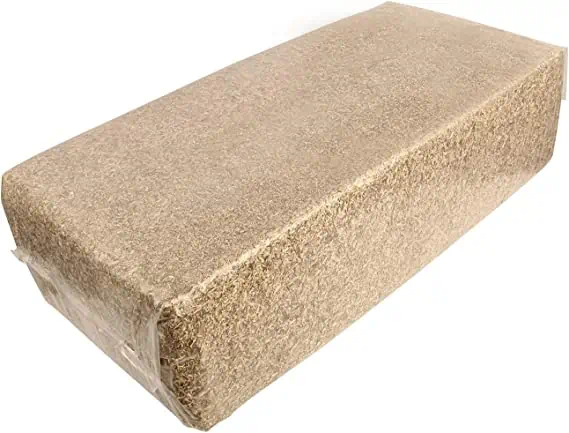
You have two options for hemp bedding: shredded and soft fiber or pellets that inflate in water. One bag can last you for ages if you buy in bulk.
🐍 Find Rural365 Chicken Hemp Bedding on Amazon
Corn Snake Beddings to Avoid
As a caring companion to your snake friend, I strongly advise against using these substrates that may be harmful or toxic in their enclosure. Let’s keep our pets healthy and happy!
Even though some substrates may be marketed as safe, they could cause impaction or other severe health risks.
Rocks or Gravel
These aren’t absorbent at all, promoting bacterial and fungal growth. If ingested, it can cause impaction, leading to serious and potentially lethal consequences. Plus, the substrate is very abrasive and could injure your corn snake if he or she attempts to burrow.
Pine or Cedar Shavings
You should avoid using pine and cedar shavings for your reptile’s bedding as the aromatic compounds found in these woods can cause neurological damage! If you do choose to use pine, make sure it is kiln-dried. This process gets rid of all the oils that could be harmful. Cedar is a big no-no. Don’t risk it!
Sand
Often, pet stores offer sand that they market as the perfect bedding for reptiles. However, you should be aware that sand can quickly mold and cause impaction. Plus, it’s hard to clean, so bacteria can easily grow.
How Deep Should a Corn Snake’s Bedding Be?
You should give your crawler a substrate that’s about 2-3 inches deep. That way, your little friend can enjoy burrowing without being stuck at the bottom of their tank.
Plus, this is enough to absorb urate and sustain an optimal humidity level.
How Often Should You Change Corn Snake Bedding?
You don’t have to replace your snake’s bedding often. Twice a week, spot-clean the vivarium. It stays clean since corns don’t usually excrete.
Whenever your beloved pet goes to the toilet, clean up immediately and replace the soiled bedding with fresh stuff!
Freshen things up by replacing the bedding after two months, or if dirt & bacteria are building up.
Before that, use an antibacterial spray to clean the enclosure first.
It’s Your Turn!
You have a lot of options when it comes to substrates for your reptilian buddy, so make sure you choose wisely!
It’s important to consider the pros and cons of each option before making a decision. After all, what works well for one snake may not work as well for another.
Have you tried any of these substrates and beddings for your beloved corn snake? Do you have anything to add or suggest? Share your experiences in the comments section below!


